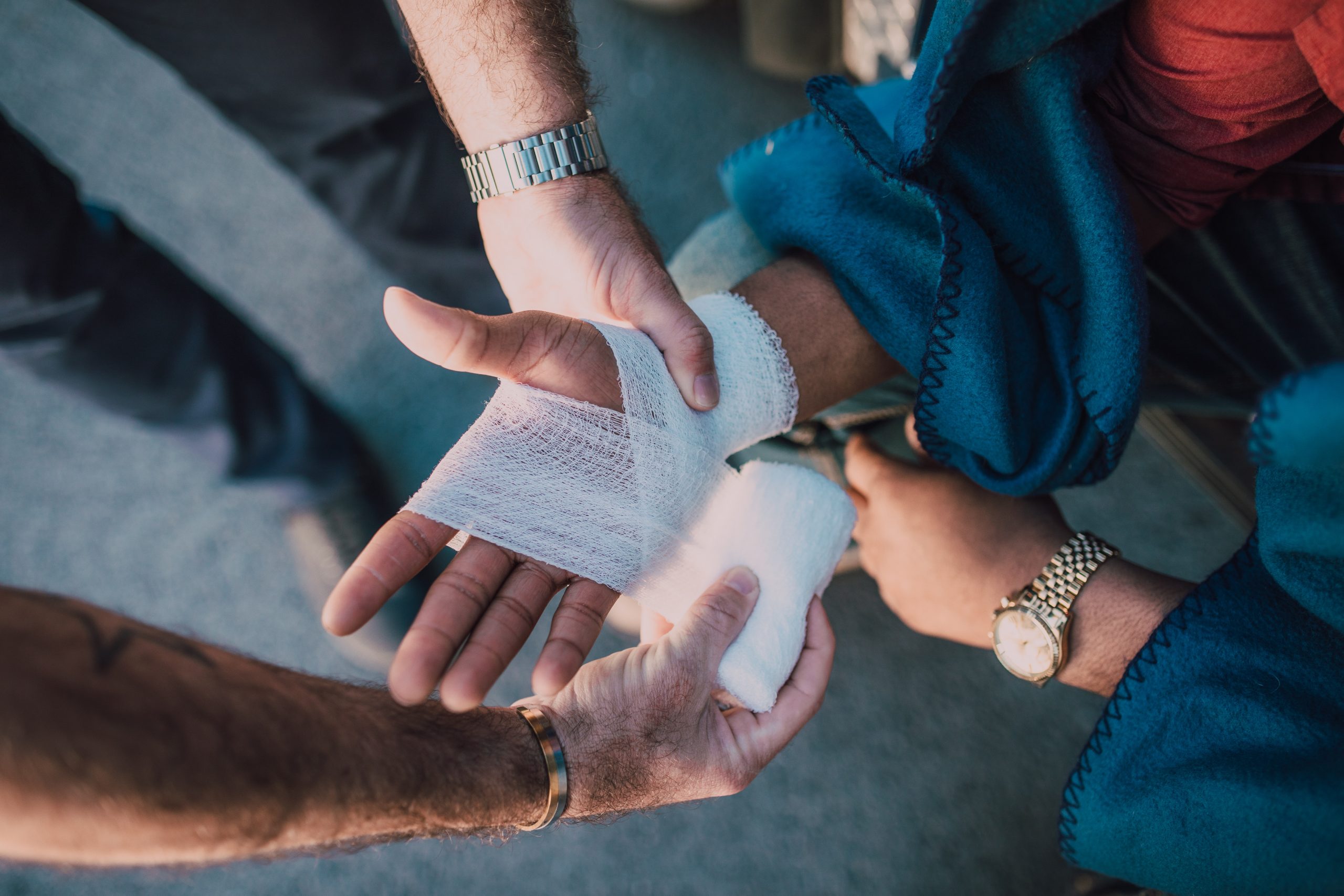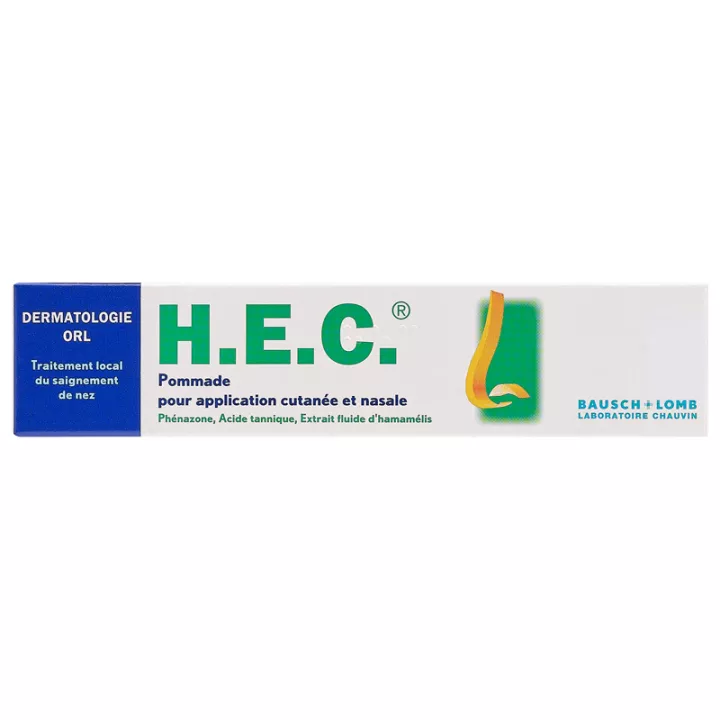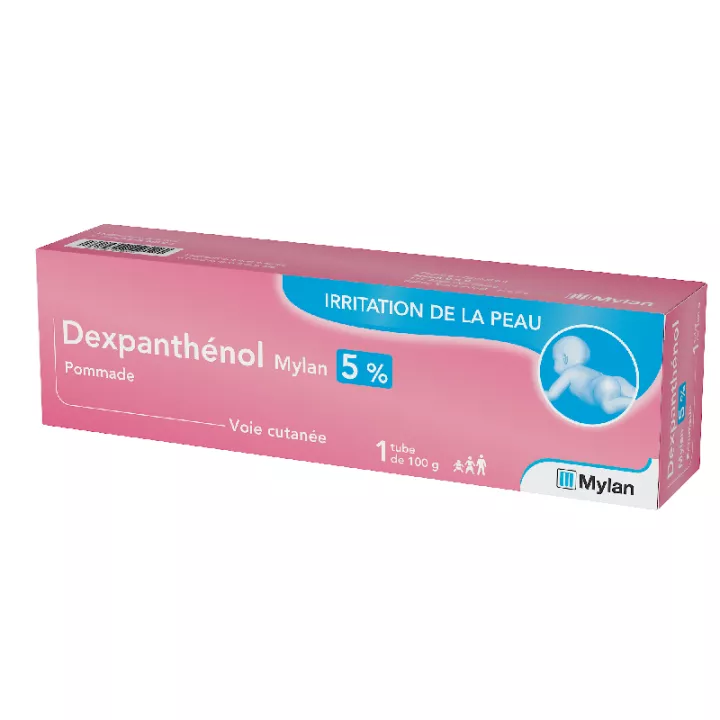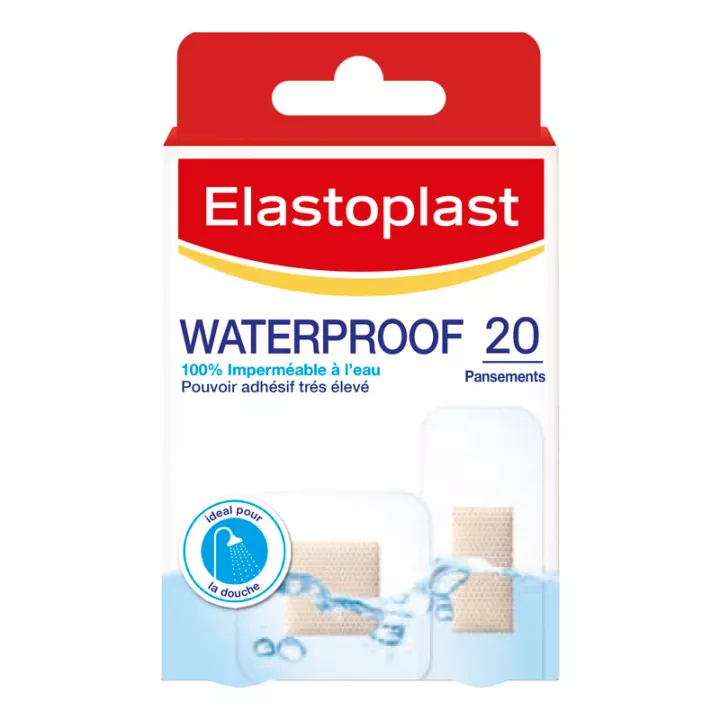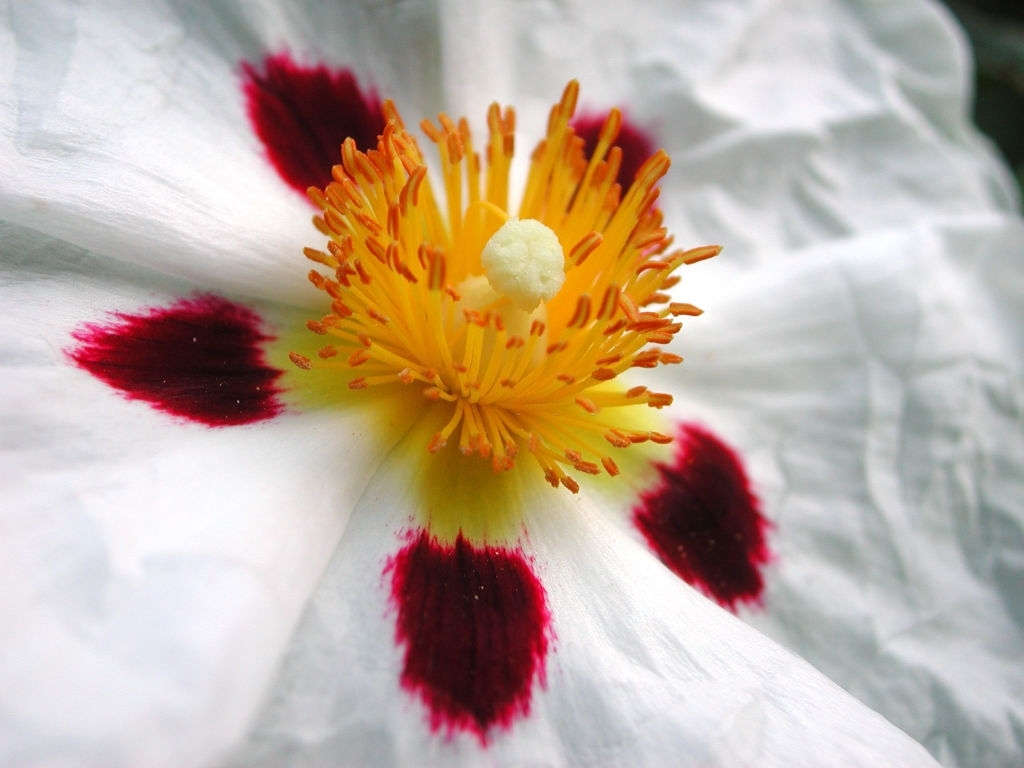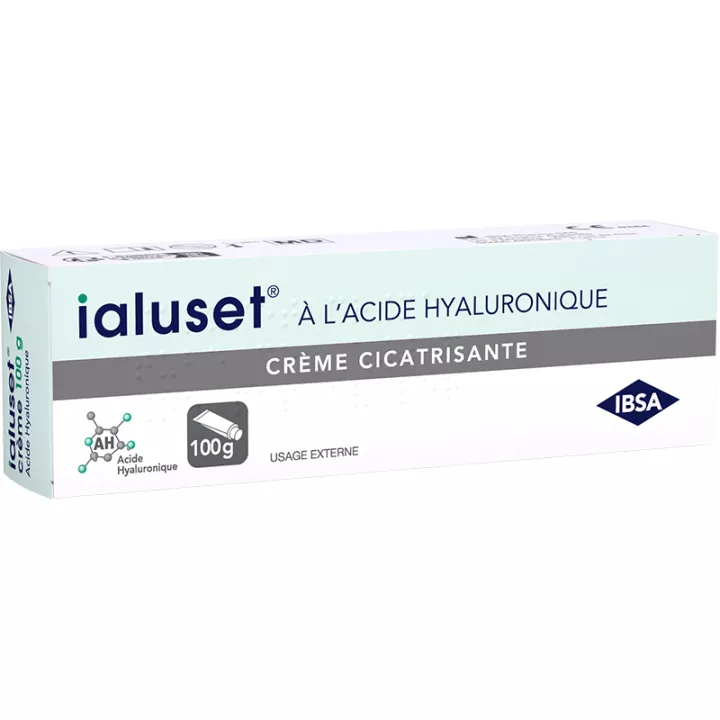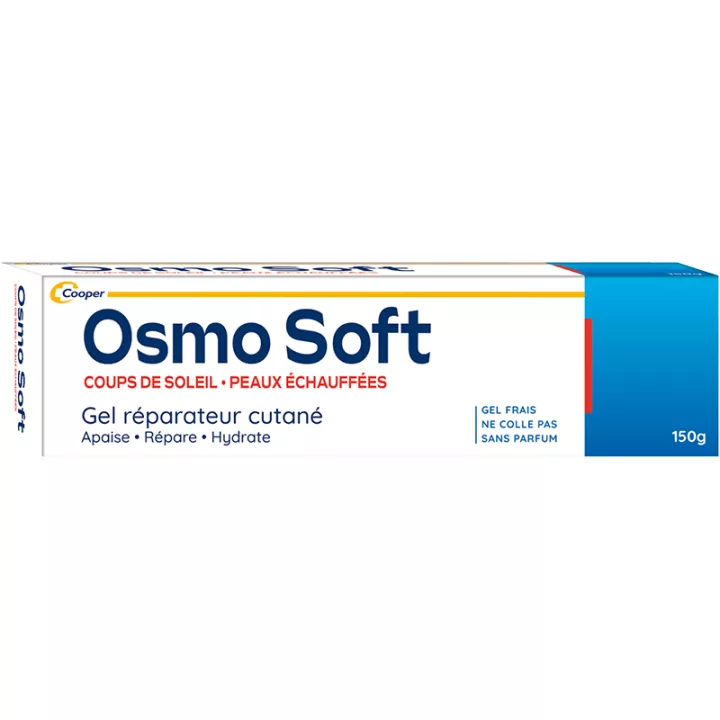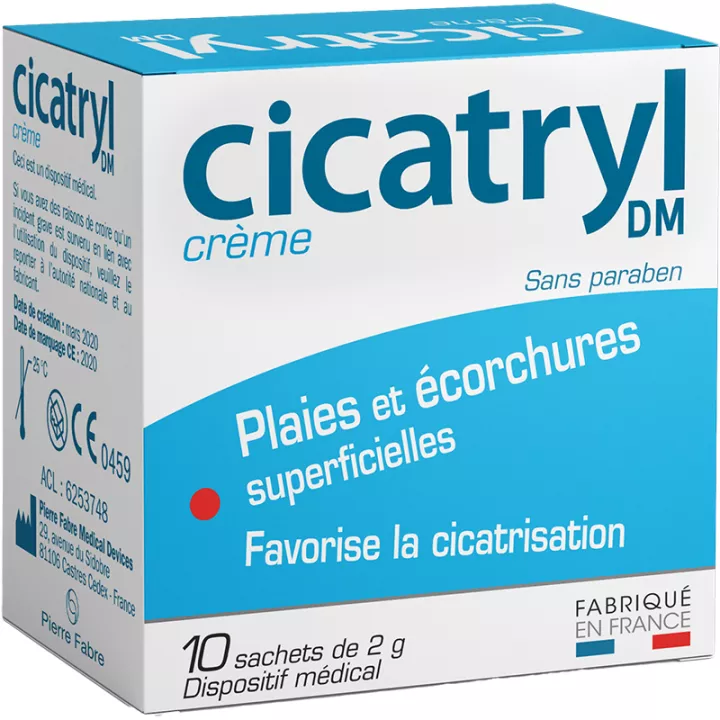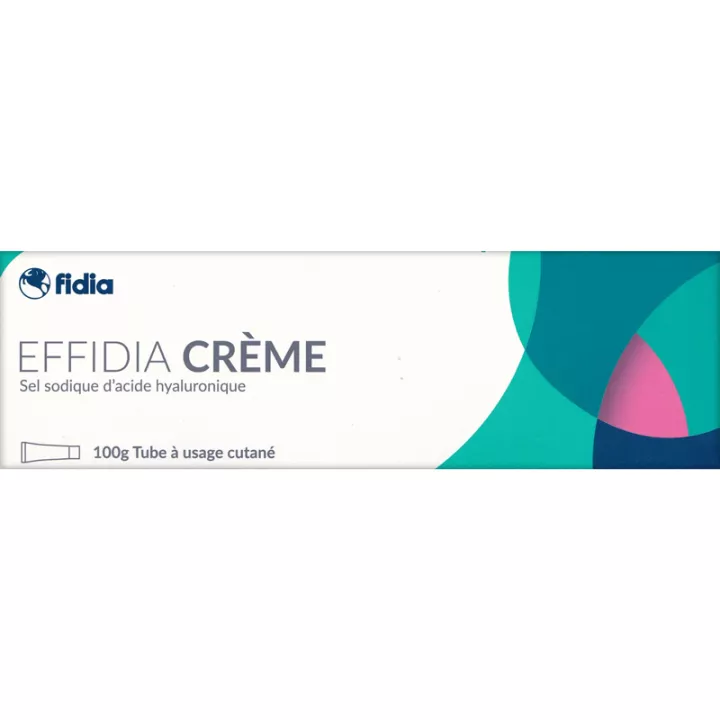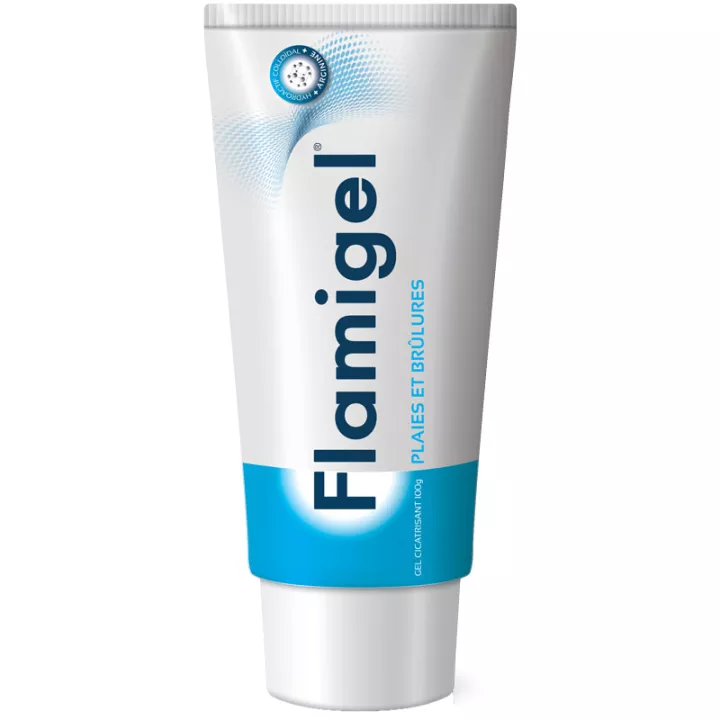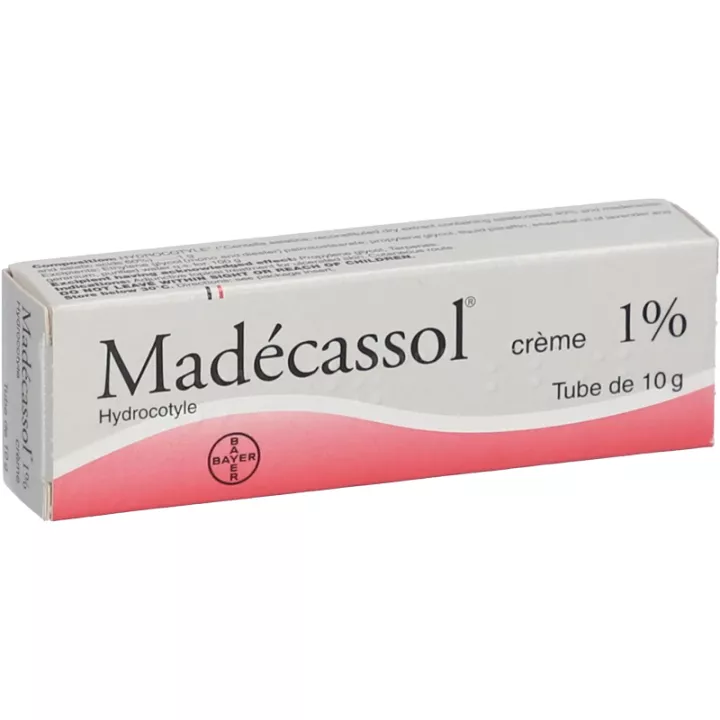What is Elastoplast Healing Ointment used for?
Elastoplast Healing Ointment 20 g: Promotes healing of minor superficial wounds such as cuts, scrapes, abrasions, 1st-degree burns and light 2nd-degree burns.
Elastoplast Healing Ointment 20 g is an ointment specially formulated for wounds and damaged skin.
As soon as it is applied, this healing ointment forms a protective film that lets your skin breathe and prevents it from drying out. It creates an optimal moist environment that activates the skin's natural healing process.
In this way, it facilitates the healing of superficial wounds, cuts, scrapes, abrasions, 1st-degree burns and light 2nd-degree burns.
Suitable for babies and damaged, irritated, sensitive or dry skin.
Formulated without odors, colorants, preservatives or substances of animal origin.
Elastoplast Pommade Cicatrisante is a product specially designed to promote effective healing of wounds and damaged skin. Thanks to its innovative formula, this ointment offers an action that can accelerate the healing process up to twice as fast as traditional methods. By carefully following the instructions for use, you can reap the full benefits of this product to treat your wounds and help your skin repair faster.
Before applying Elastoplast Healing Ointment, it's essential to thoroughly cleanse the affected area with mild soap and water. Make sure the wound is clean and dry before applying a thin layer of ointment. Be careful not to use the product on open wounds or very deep areas without first consulting a healthcare professional. Apply a thin, even layer of ointment to the wound, ensuring that it is completely covered.
Once the ointment has been applied, you can cover the wound with an Elastoplast dressing to protect it from external impurities and to promote an environment conducive to healing. Change the dressing and reapply the ointment as recommended by your healthcare professional or according to the instructions supplied with the product. It's important to keep the wound clean and protected throughout the healing process for best results.
Elastoplast Healing Ointment contains ingredients specifically selected for their skin-benefiting properties. These ingredients can help soothe the discomfort associated with wounds and promote the regeneration of skin tissue. By regularly using this ointment as directed, you can help your skin repair itself more quickly and minimize the risk of infection.
If you have any doubts about using Elastoplast Healing Ointment, or about the seriousness of your injury, we recommend that you consult a healthcare professional. Don't hesitate to ask for advice on how best to use this product for your specific needs. By following this advice and using Elastoplast Healing Ointment correctly, you can promote rapid and effective healing while helping your skin to return to its optimal condition.
After a skin injury, healing is a process of tissue repair and regeneration. It's a dynamic, natural process that goes through different phases. Successful completion of each phase is essential to ensure the formation of a quality scar that does not impair the function or aesthetic appearance of the injured site.
Normal scarring takes place in two main stages:
- Formation of the primary scar
- Scar maturation
We also offer Elastoplast Spray for Wounds 50 ml, at the best price in our online pharmacy.
How to use this wound-healing product
- Stop bleeding.
- Gently cleanse and dry the wound or skin area.
- Gently apply a thin layer of healing ointment once or twice a day. Make sure the tube does not come into contact with the wound.
- Repeat diligently until healing is complete.
Give your opinion on the instructions for use and dosage of Elastoplast Pommade cicatrisante 20 g with our partner Verified opinions after your purchase.
Precaution of use
Do not use on:
- On mucous membranes, in or near the eyes.
- Continuously for more than 30 days.
- In association with other topical treatments for the same area, such as creams.
- In association with anionic surfactants, soaps, oils, gels, etc.
- In case of known allergy to any of the ingredients.
What is the composition?
White Petrolatum, Paraffin Oil, Ceresin, Glycerol, Panthenol, Glyceryl Stearate
Presentation
Elastoplast comes in 20 g tubes.
